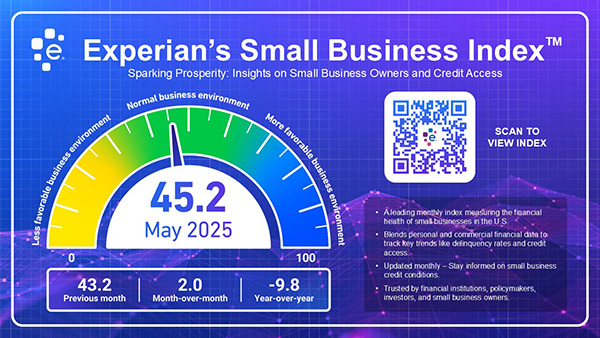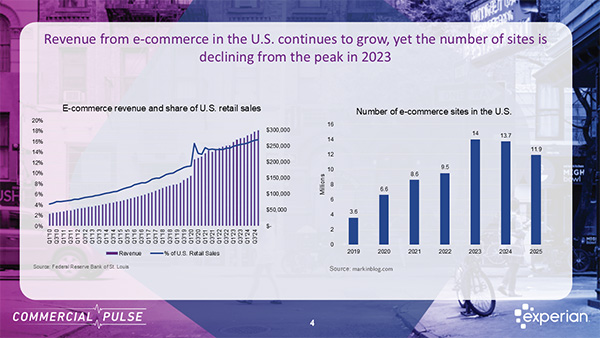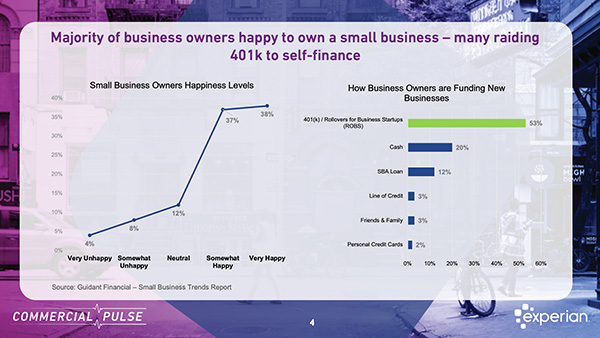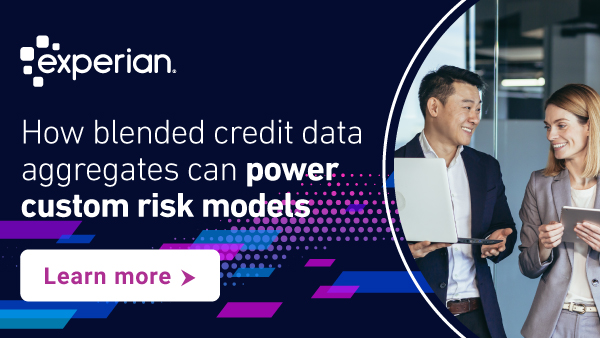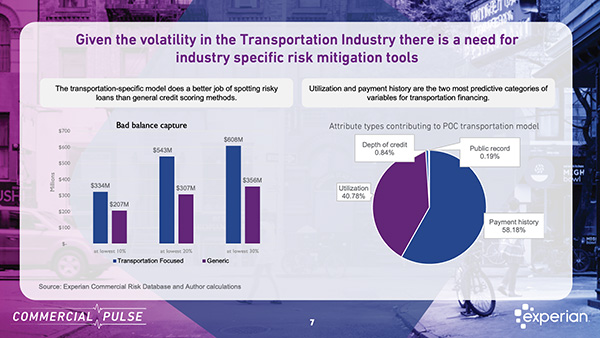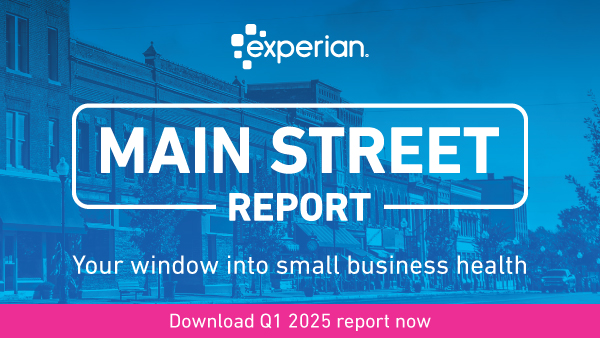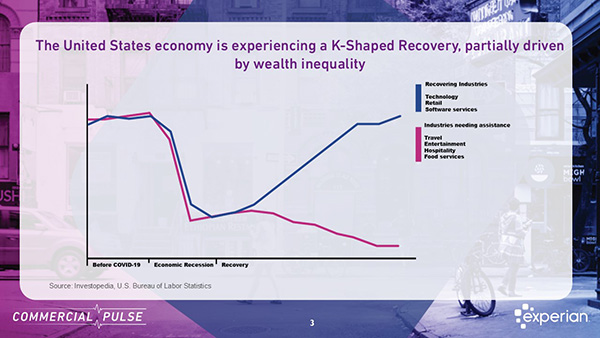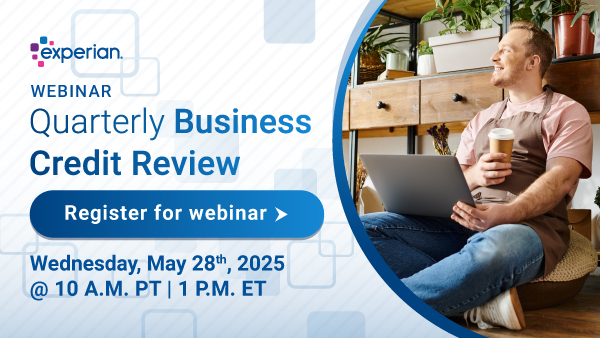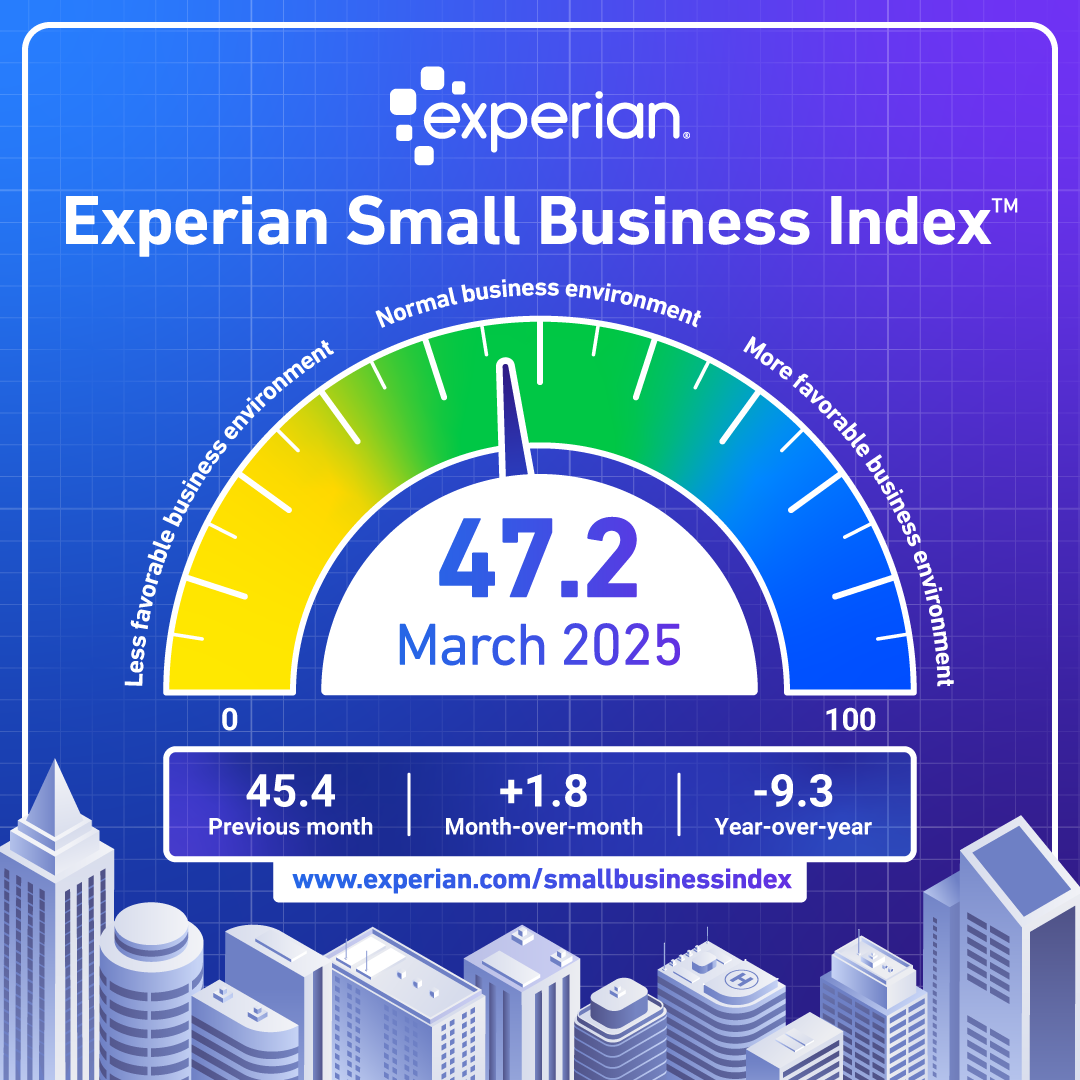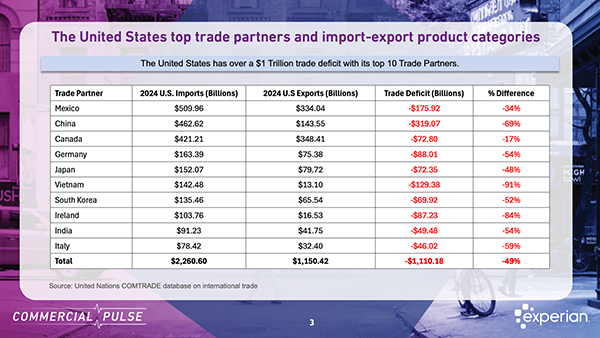Commercial Pulse Report | 6/3/2025
The latest Experian Commercial Pulse Report provides a sharp look at how recent economic shifts are impacting small businesses across the U.S., with a special focus on supply chains, specifically the transportation industry, which is experiencing fallout from changing trade policies. Are industry-specific models effective in mitigating risk?
Inflation, Employment, and Consumer Outlook
April inflation cooled slightly to 2.3%, marking the lowest increase since February 2021. While this might suggest some price relief, the overall sentiment in the market tells a more cautious story. Unemployment held steady at 4.2%, and wages continued to climb, signaling that the labor market remains resilient.
However, optimism is waning. The NFIB Small Business Optimism Index dropped to 95.8, its lowest point since October 2024. Meanwhile, consumer sentiment fell to 50.8 in early May, reflecting growing concern over the economic outlook. Together, these indicators suggest that although the job market remains stable, confidence — both among businesses and consumers — is eroding.
A Dip in the Small Business Index
April saw a drop in Experian’s Small Business Index, falling from 47.2 to 43.2, with a year-over-year decline of 11.9 points. This marks the first decline in four months and highlights the early impact of broad tariffs announced on April 2nd. While the dip was modest, it reflects growing pressure on small businesses as they navigate cost increases, supply chain uncertainty, and changing consumer behavior.
Encouragingly, despite the turbulence, several economic indicators remained steady. Mortgage rates held below 7% for the 17th straight week, and business formation remained strong with over 449,000 new businesses launched in April.
Transportation Industry: First to Feel the Hit
This month’s report shines a spotlight on the transportation sector, which has been uniquely sensitive to recent tariff activity. As a major driver of the U.S. economy — contributing 3.3% to GDP and employing over 4% of the workforce — transportation is often the first industry to feel the ripple effects of economic change.
And the response was swift. After trade tariffs were announced in early April, shipping volumes from China to the U.S. dropped by more than 60% year-over-year. Just weeks later, following a temporary 90-day lift on tariffs, volumes rebounded sharply, jumping over 28%. This volatility underscores the sector’s dependence on global trade — and the speed at which policy shifts can influence business activity.
Rising Risk — and Smarter Tools
Financial stress in the transportation industry is rising. Businesses are carrying higher credit balances, delinquencies are increasing, and commercial credit scores have fallen from 44 to 36 since 2015. These trends point to a sector that’s struggling to adapt amid changing economic conditions.
To help lenders better manage risk, Experian developed a transportation-specific credit model that significantly outperforms generic scoring models. By focusing on variables like credit utilization and payment history — which are particularly telling in this industry — the model offers a more accurate picture of which accounts using transportation financing are most likely to default. In today’s uncertain environment, such targeted tools are crucial for staying ahead of risk.
Generic models aren\’t enough
For credit professionals and risk leaders, the message is clear: in times of volatility, generic models aren’t enough. Tailored strategies — like Experian’s transportation-specific scoring model — provide the clarity needed to make smarter, faster decisions. Read this week\’s report for more details.
Stay Ahead with Experian
✔ Visit our Commercial Insights Hub for in-depth reports and expert analysis.
✔ Subscribe to our YouTube channel for regular updates on small business trends.
✔ Connect with your Experian account team to explore how data-driven insights can help your business grow.
Download the Commercial Pulse Report
Visit Commercial Insights Hub
Related Posts








